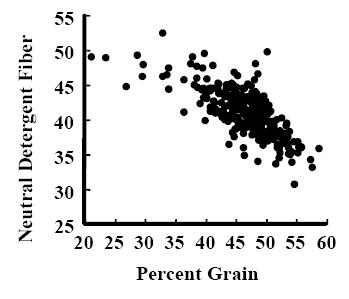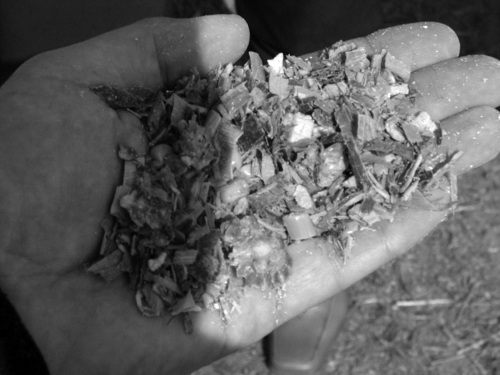Maximizing digestible intake of corn silage-based diets: Part 1
Part 1 of a 2-part series addressing management strategies to formulate diets for carbohydrates for lactating cows feeding on corn silage-based rations. Part 1 focuses on concentration, effectiveness, and digestibility of neutral-detergent fiber.
This is part 1 of a 2-part series that addresses management strategies to formulate diets for carbohydrates for lactating cows that feed on corn silage-based rations. Part 1 focuses on concentration, effectiveness, and digestibility of neutral-detergent fiber (NDF) in corn silage. Part 2 will focus on ruminal starch digestibility and optimizing fermentability of diets.
Introduction
Corn silage is an important source of digestible effective fiber and can be an economical source of energy in diets for lactating cows. However, variation in concentration and digestion characteristics of neutral detergent fiber (NDF) and starch affect supplementation strategies and can affect energy intake and animal performance. One of the most challenging aspects of diet formulation for lactating cows is balancing for carbohydrates.
Adequate effective fiber must be provided to optimize ruminal fermentation. But forage fiber is more filling than other nutritional components of the diet and the filling effect of the diet often limits energy intake of lactating cows. Therefore, diets for lactating cows should be balanced to provide adequate effective fiber with the least filling effect.
A balance also must be attained for ruminal carbohydrate fermentation. Carbohydrate fermentation in the rumen is desirable to provide fuels for microbial growth and production of microbial protein, yet the fermentability of the diet must be limited to prevent excessive production of fermentation acids. Inadequate effective fiber or excessive fermentability of the diet can decrease ruminal pH, feed intake, diet digestibility, and microbial protein production. This is a major problem in many dairy farms that results in poor health, and reduces milk yield and farm profitability. On the other hand, diets with excessive effective fiber that are more filling and diets that are poorly fermentable also can result in lower milk yield and profitability because of reduced energy intake and microbial yield.
Both situations can be thought of as lost opportunity for maximization of farm profits. Corn silage contains about 70% carbohydrate from NDF and starch. The digestibility of the NDF and starch in corn silage is highly variable depending upon genetics, as well as environmental and management factors. Variation in concentration and digestibility of NDF and starch of corn silage provides challenges to maximize energy intake and production.
Concentration of NDF and Starch
The primary carbohydrates in corn silage are starch and the NDF carbohydrates, cellulose and hemicellulose. Grain concentration of corn silage dilutes the NDF fraction, which ranges from <35% to more than 50% (Figure 1). Because of this, starch concentration also is inversely related to NDF concentration and ranges from less than 5% to more than 40% of corn silage DM.
The primary factors affecting concentrations of NDF and starch in corn silage are plant genetics and maturity at harvest (Allen et al., 2003). Corn hybrids range from less than 38% to over 52% NDF. Other, minor factors affecting corn silage NDF and starch concentrations include environment, population density, harvest height, and fertilization (Allen et al., 2003).
 Figure 1. Relationship between percent grain in corn silage and concentration of neutral detergent fiber (% of DM) for corn silage grown in Michigan in 1988 and 1989.
Figure 1. Relationship between percent grain in corn silage and concentration of neutral detergent fiber (% of DM) for corn silage grown in Michigan in 1988 and 1989.

Grain is more digestible than stover so digestibility of corn silage is positively related to its grain concentration. However, grain concentration, as well as concentrations of NDF and starch of corn silage, is not necessarily related to energy intake or animal performance because diets are usually formulated to specific NDF and starch concentrations using supplemental grain. The starch concentration of dairy cattle diets is inversely related to the NDF concentration and concentrations of both are typically in the range of "*"*"*"*"*"*"*"*"*"*"*"*"*"*"*"*"*"*"*"*"*"*"*"*"*"*"*"*"*"*~>Read other articles related to late planting and high feed costs.



 Print
Print Email
Email



